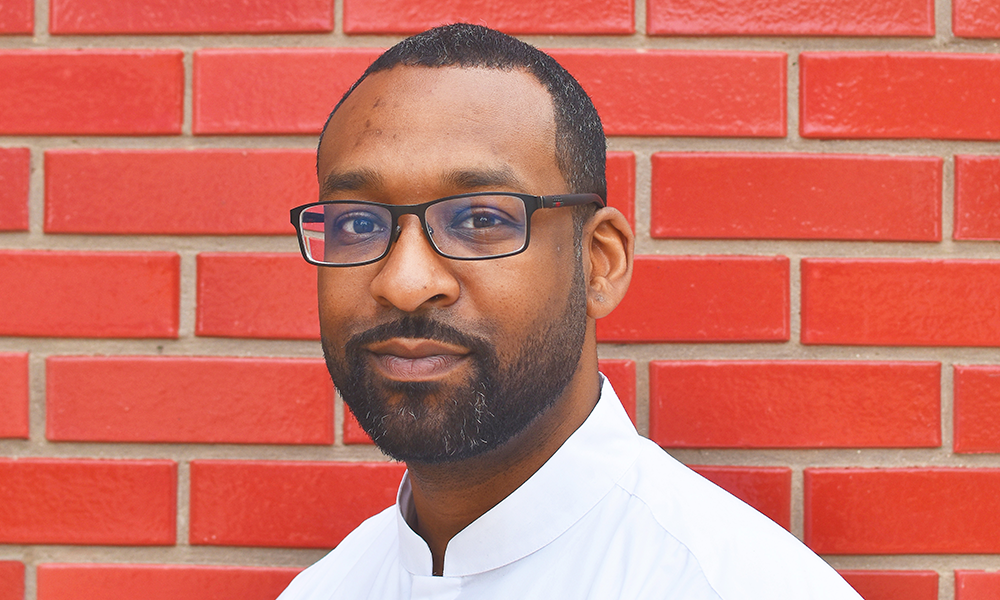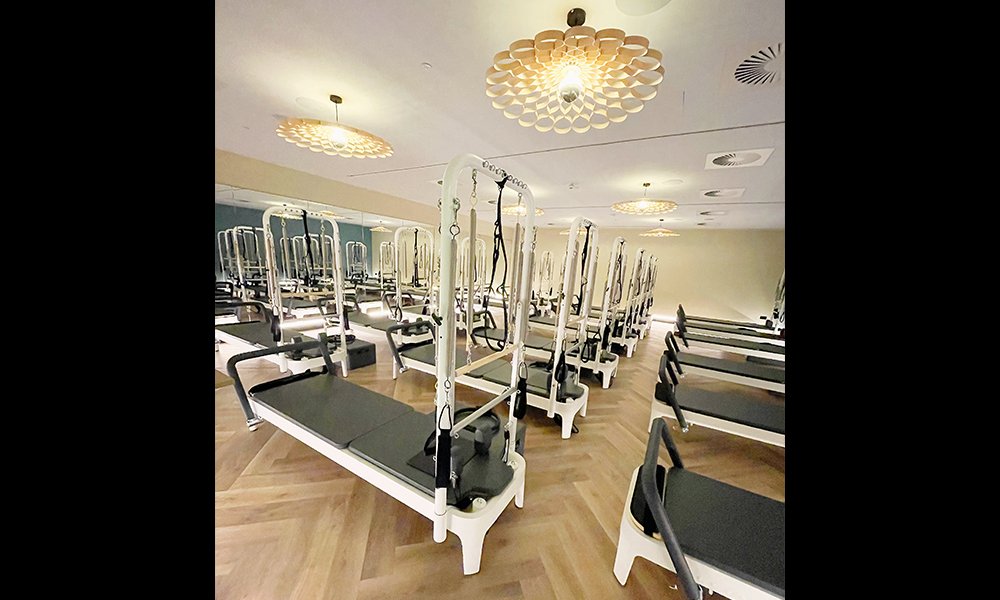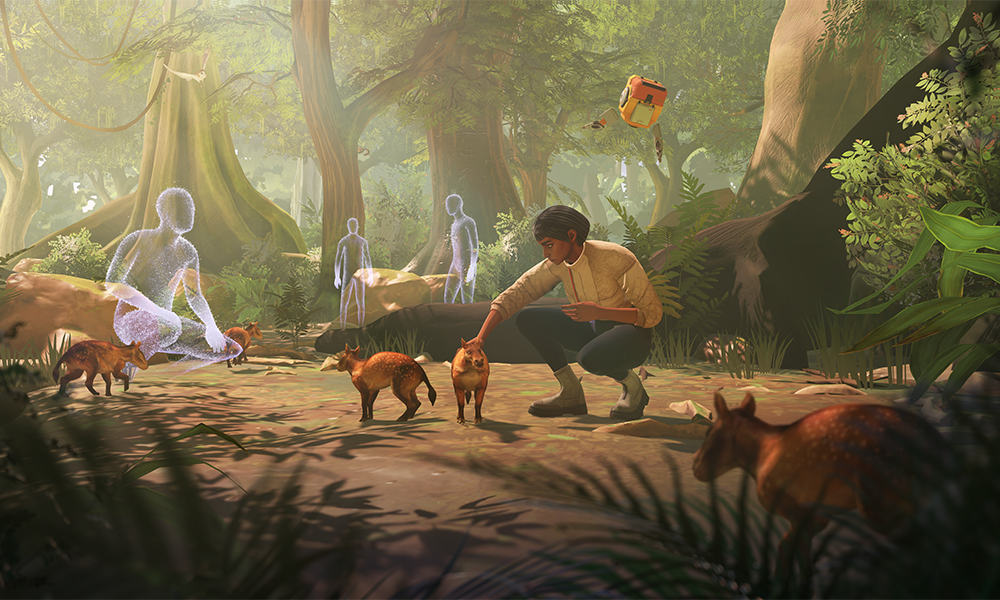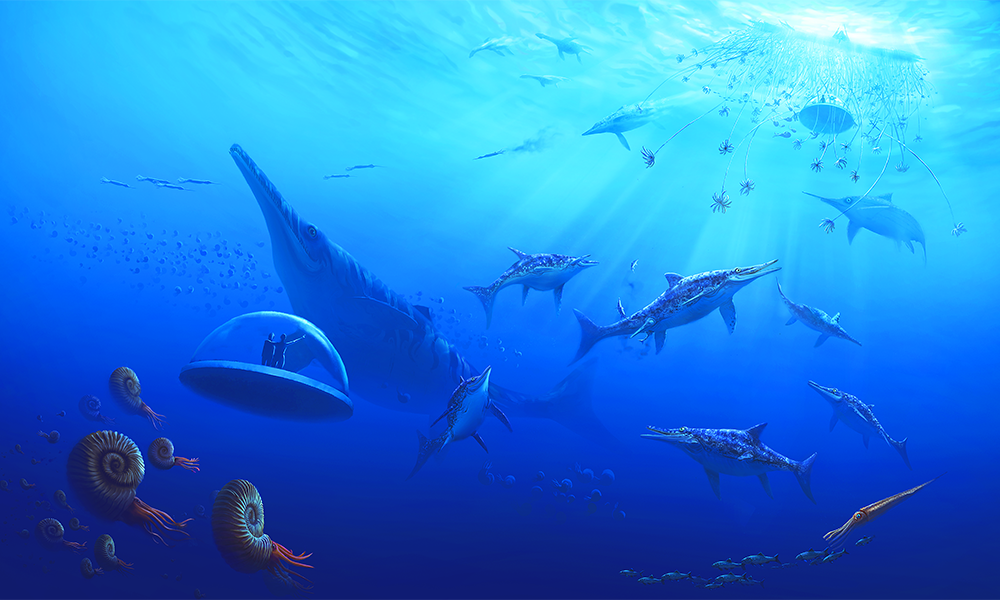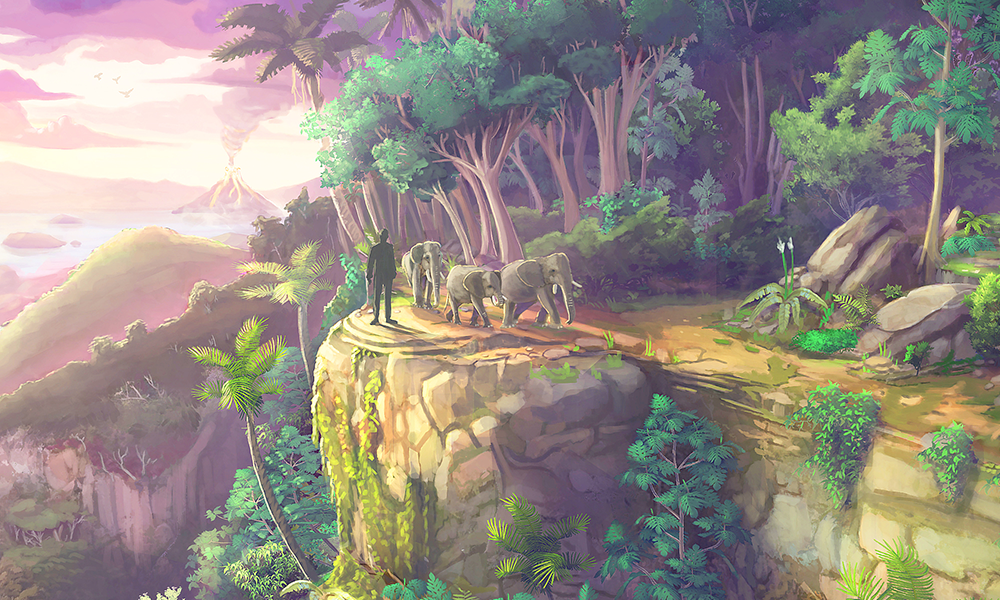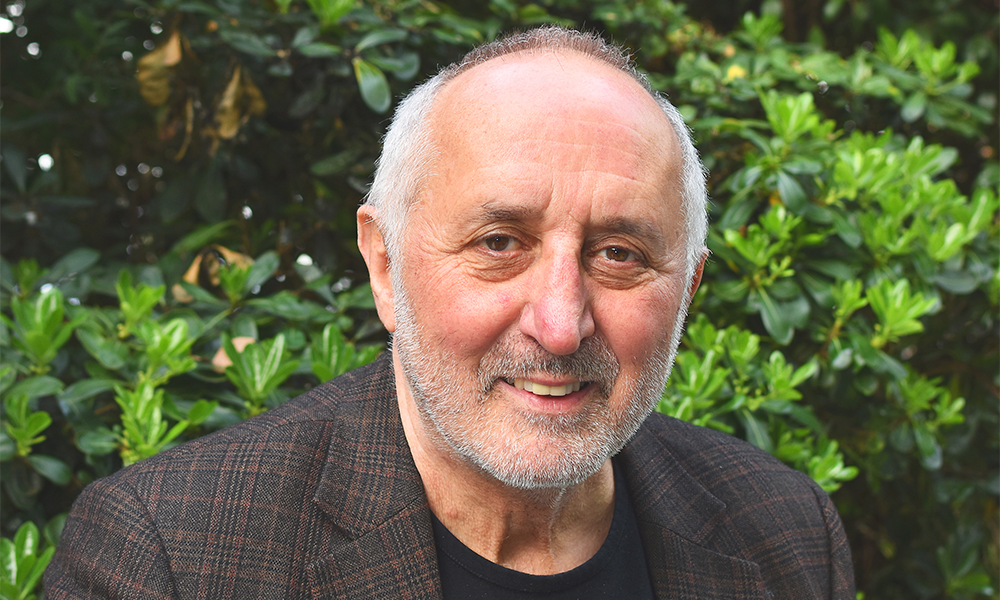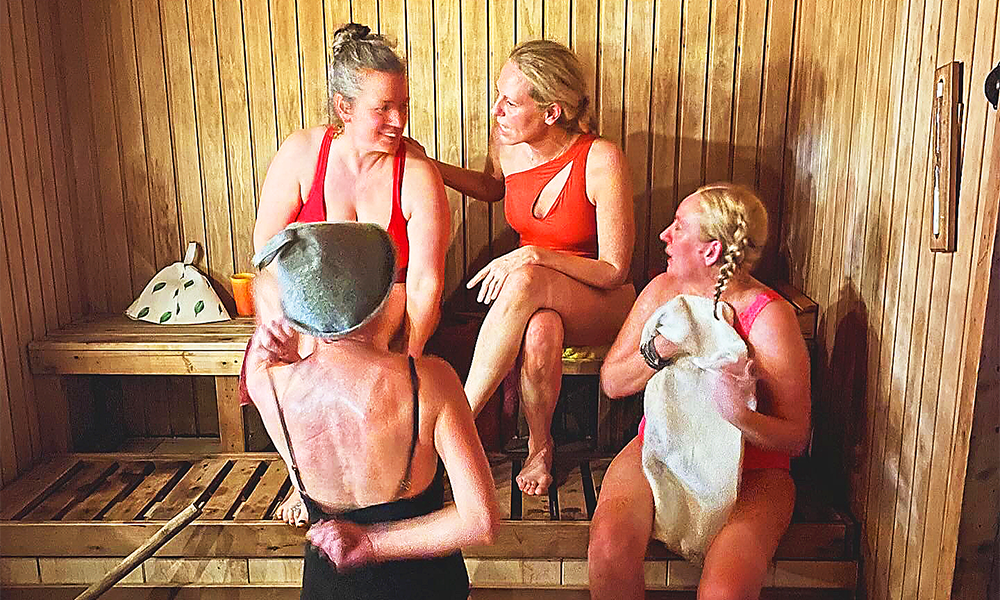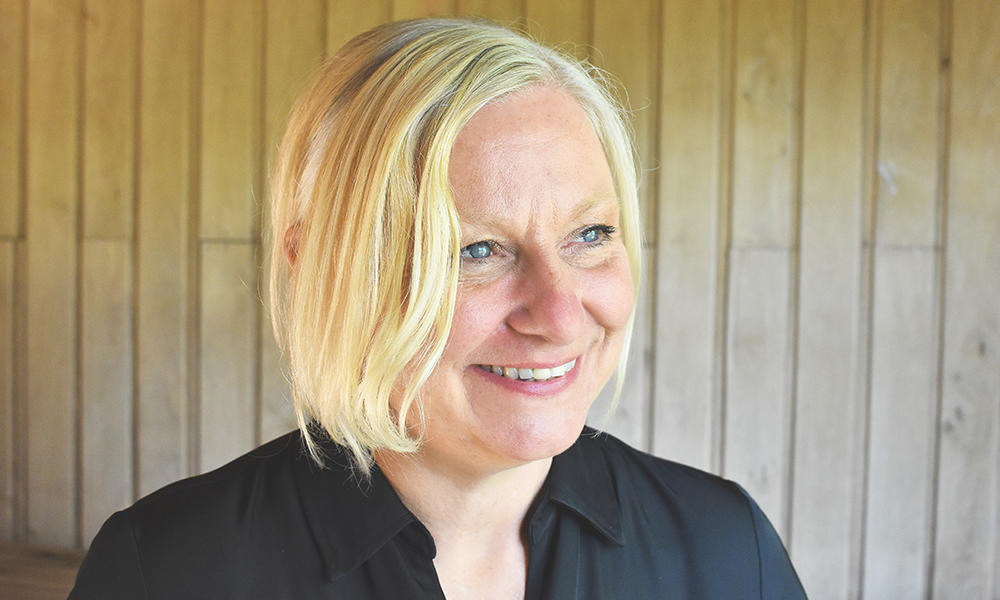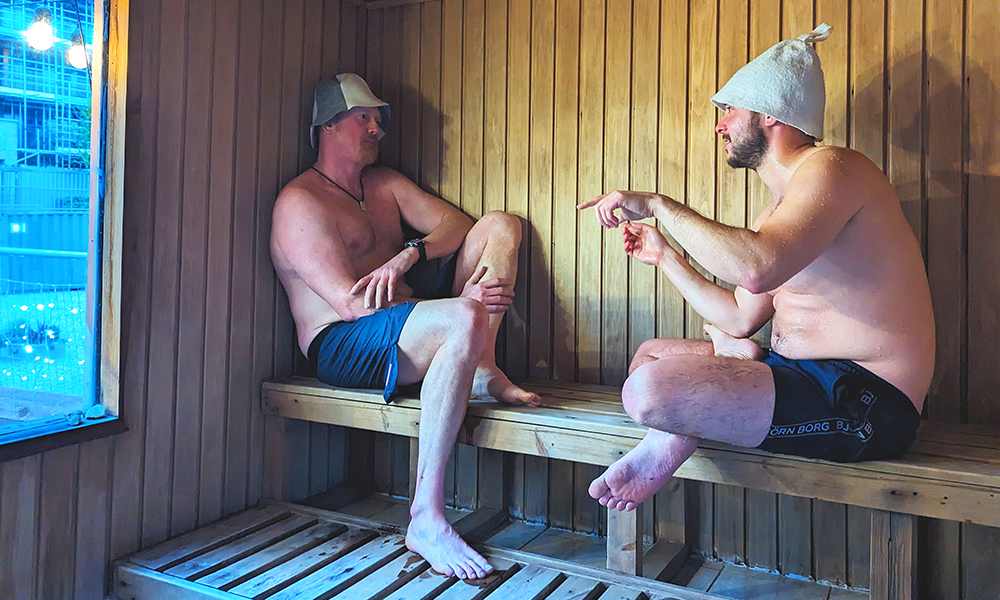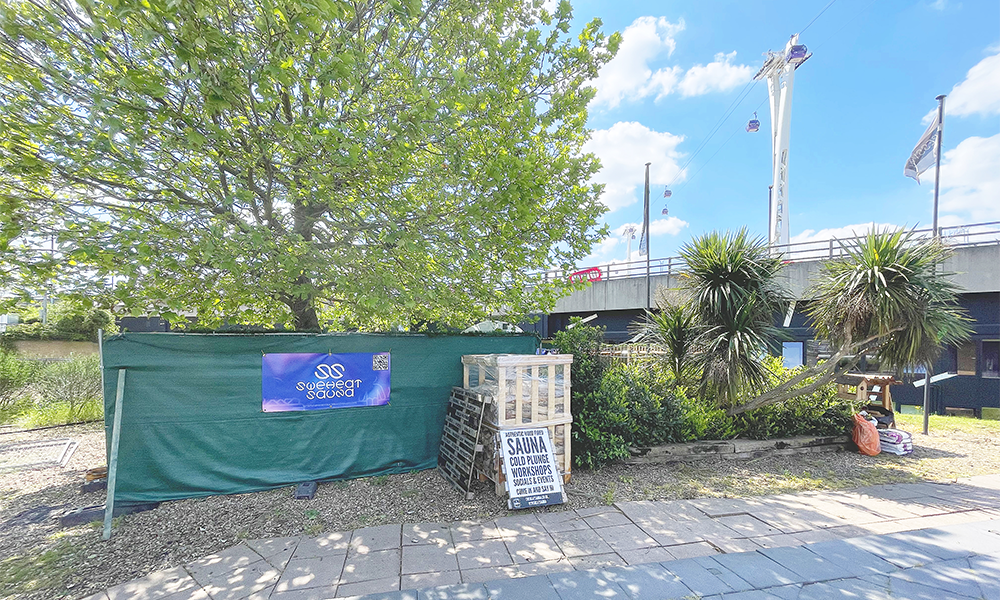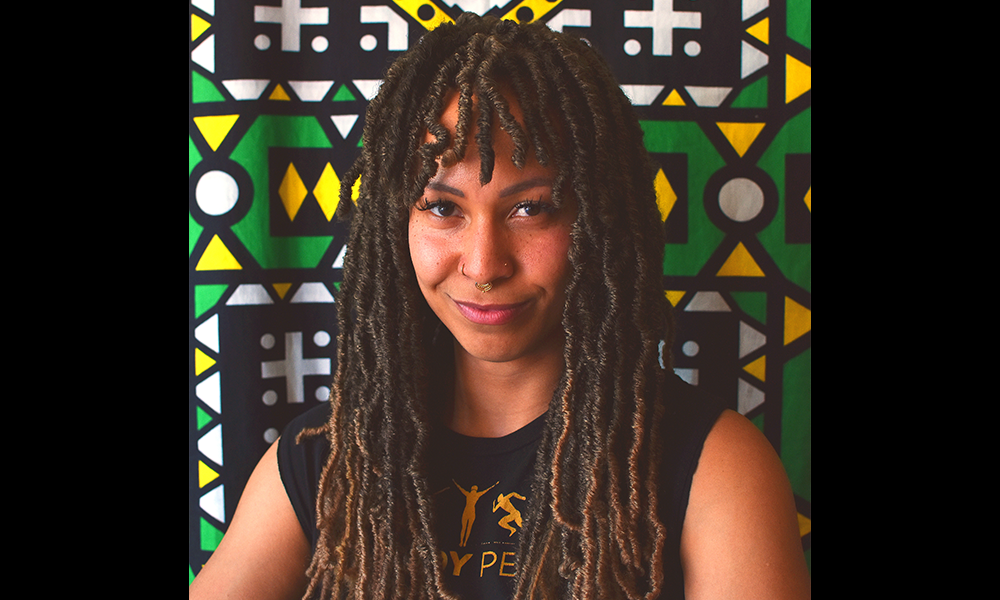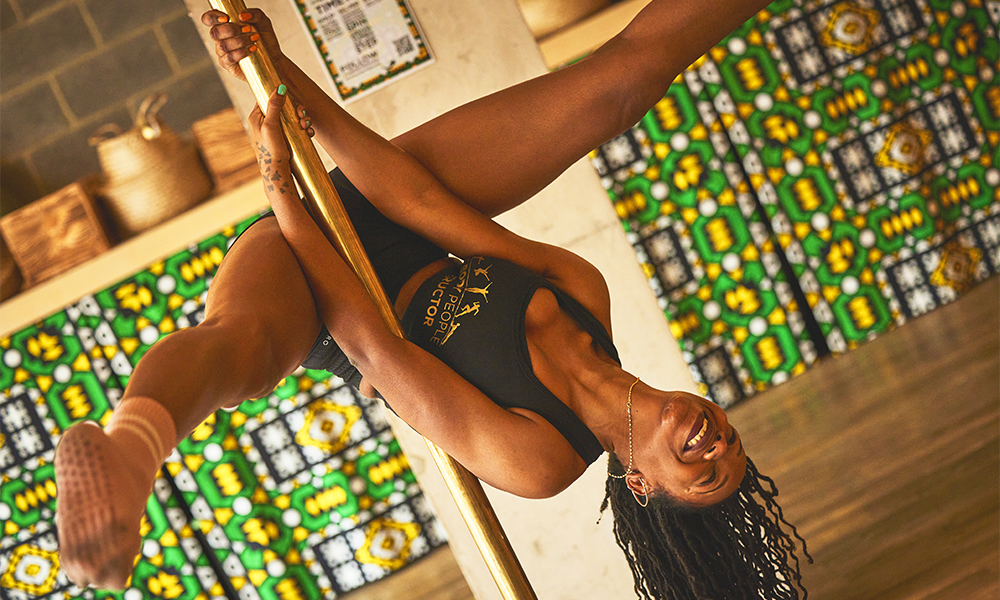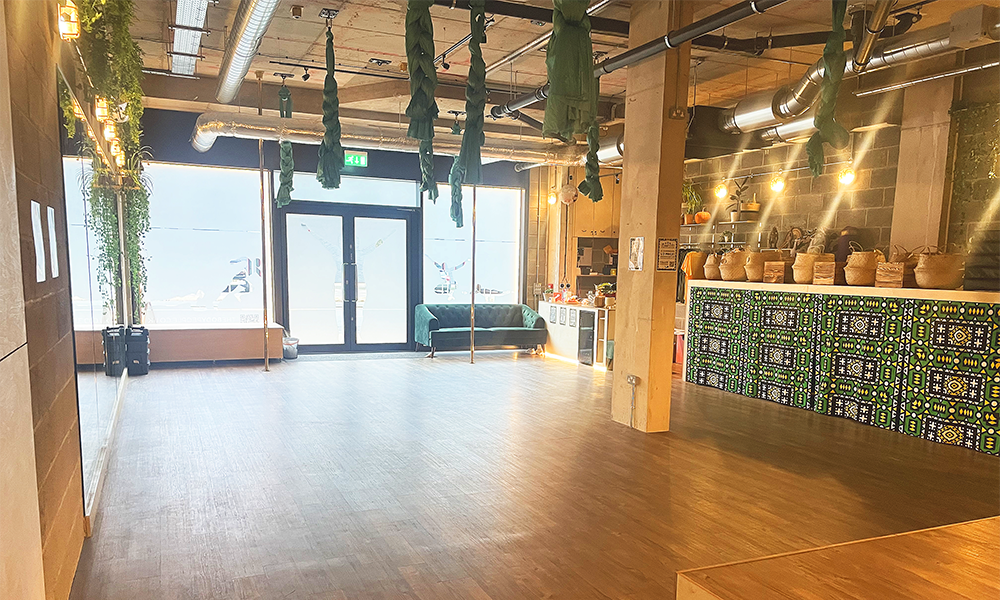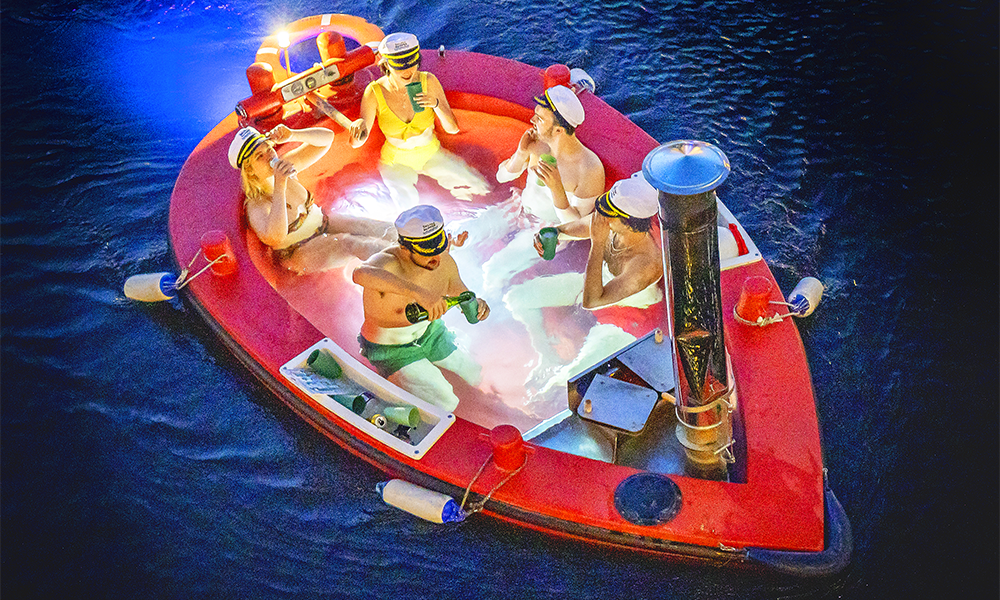Owner and granson, Tristan Scutt talks about opening 2.0, Flat Butcher and Aunties Ballroom

Subscribe to our free Wharf Whispers newsletter here
Tristan Scutt is surrounded by his brain at Little Nan’s 2.0 and he’s all the happier for it.
He first opened Little Nan’s Bar 11 years ago as a pop-up tribute to his late Little Nan Jojo.
Using her furniture and crockery for the decor, he took over a pop-up space behind The Bunker Club in Deptford Broadway.
Success blossomed as customers fell for cocktails in teapots, a wealth of knick knacks and Tristan’s genuine passion for ’80s and ’90s memorabilia.
Then, after several locations, he found Little Nan’s a home at Deptford Market Yard.
Three it’s spent the last eight years occupying as many as four richly decorated railway arches.
Now, however, a fresh chapter has started.
Having endured three years of precarious leases and a reduction in space, following the arrival of new managing agents, Tristan has taken the decision to move on – well, actually just up the road.
Head along the railway line from the existing bar down Resolution Way and, just beyond Villages Brewery, a new wonderland has been created.
Under much larger arches, Tristan has created essentially four venues in one.
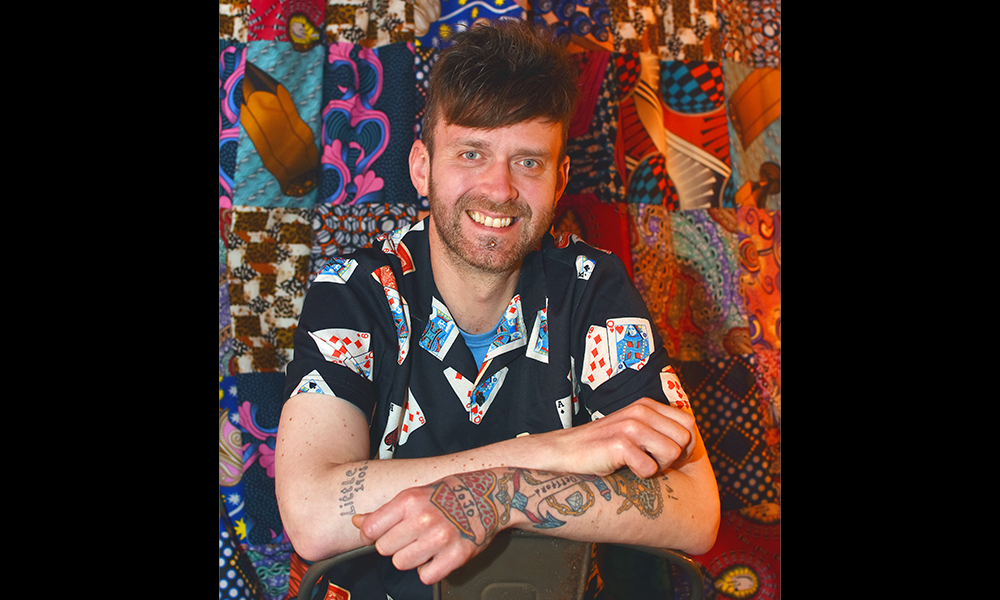
four venues in one
“First of all there’s Little Nan’s 2.0, which has Flat Butcher above it – a space that can be hired, inspired by Pat Butcher from EastEnders,” said Tristan.
“Then there’s the Grown Grandkids Play Den with air hockey, table football and arcade games.
“Aunties Ballroom is on two levels with a custom-made glittering anchor to celebrate Deptford.”
If that sounds a lot, it’s because it is.
Four times bigger than the Deptford Market Yard space (and with four extra toilets), Tristan has one setting when it comes to interior design and that’s just to go for it.
Everywhere there are display cabinets packed with things.
Fabrics and colours clash amid a riot of leopard print, neon and fake ivy.
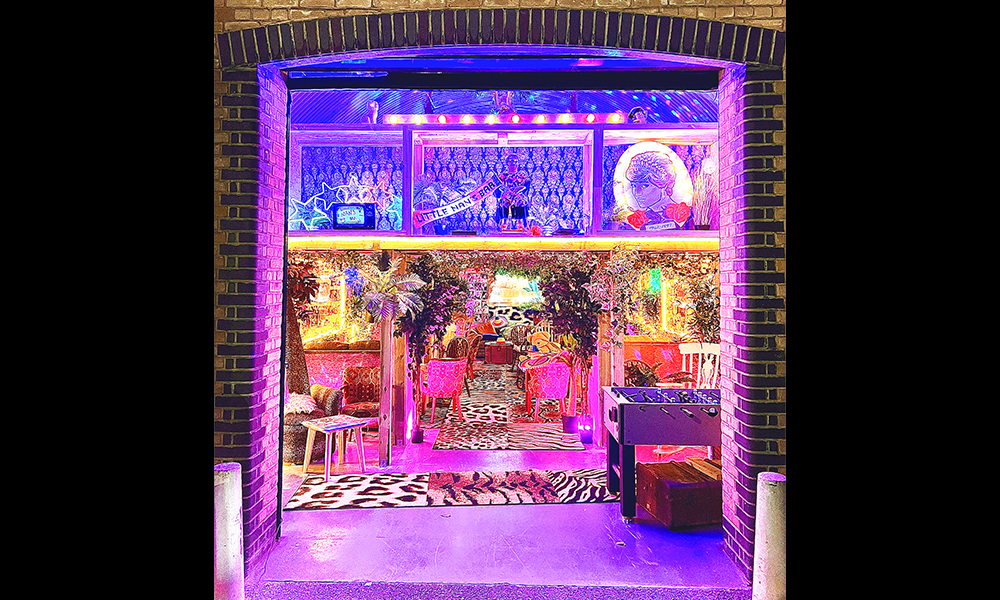
extreme maximalist kitsch at Little Nan’s
“It’s an expression of extreme maximalist kitsch,” said the founder and grandson who has an MA in fine art from Goldsmiths.
“Our decor is nostalgic – there are a lot of nods to Deptford history including the anchor plus cabinets filled with memorabilia and toys.
“It’s a reference to Deptford Vintage Market, where many of the items were sourced.
“It’s also a celebration of local stores from back in the day like Abstracticus, the Second Time Round shop in Lewisham Way and Aladdin’s Cave.
“I hope it’s somewhere people will feel at home.
“They’ll have seen what we can do over the road and here we can do even more of it and on a longer term basis.
“Anything too empty scares me.
“Our AirBnB holiday home is like this in Weymouth and my flat is like this in Deptford – this is really how I live.
“When I look back at photos of the original pop-up I think it was a little simpler – perhaps I was worried 11 years ago how people would feel.
“Now it’s just: ‘Go for it’.
“I love stuff, I’m a massive EastEnders fan and I’m addicted to Deptford Market, so this is a great reason for me to trawl all the local shops and the stalls to fill the venue.”

pleasing the customers at Little Nan’s
“Our cabinets are obviously full of things I like, but I’m also always looking at and listening to what our customers are into,” added Tristan.
“Initially all our cocktails were named after members of the Royal Family.
“Then I realised not everyone was quite as big a fan of the Windsors as I was, so we changed things.
“We have got rid of our Prince Andrew, although we still have a Prince Harry, which dates from before the whole book thing.
“It feels nice to have created these new venues. It’s been a mad couple of months and we’ve had some great guys doing the build.
“My mate, Matt Sargent, has made all the fabrics and then I’m responsible for the rest of the decor.
“Weirdly, it’s been a calming process.
“I think after what has been a stressful couple of years this has wound up being such a great move for us.
“You always have to turn stuff into positives and, perhaps, this was the kick we needed to find a better space.
“That’s why it feels great. We’d never have been able to do what we’ve done here in our original units.”
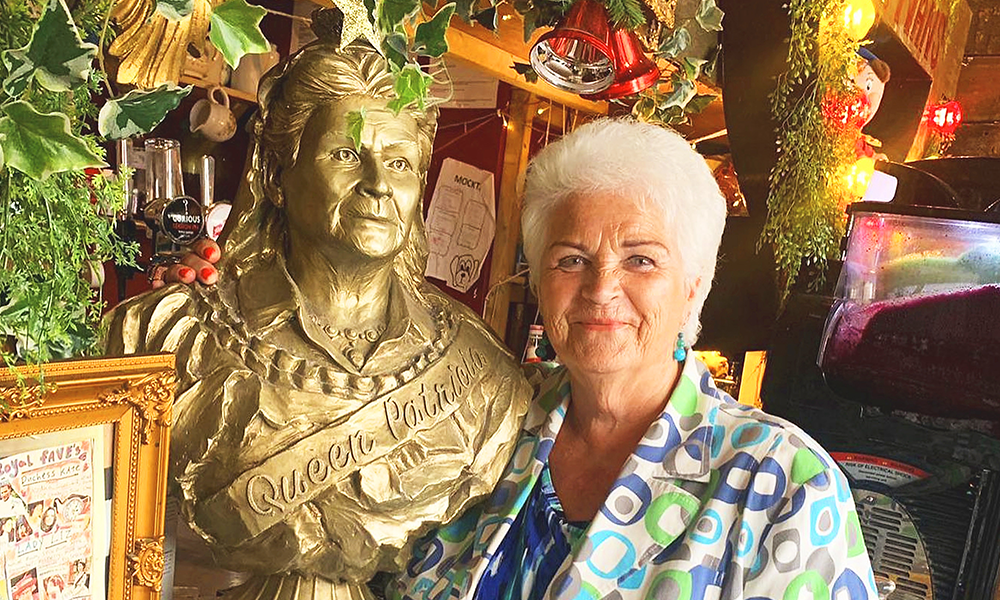
Little Nan’s 2.0 is up and running
Excited to welcome guests, Tristan has been slowly opening sections of the new venue while the build has been going on.
This is partly, I suspect, because he can’t resist sharing the new spaces.
Extended facilities go deeper than the bathrooms and entertainment areas.
2.0 will have room for a proper kitchen and there are plans to invite chefs in for pop-up collaborations in due course.
While Aunties Ballroom can be set out as extra hospitality space, it also lends itself to performances beneath the rich satins, silks and quilts that coat its walls.
“We’ve now had our first event there – a comedy night called Your Friend And Mine hosted by poet and comedian Jack Scullion, which went really well,” said Tristan.
“We especially want the ballroom to be multi-purpose.
“There’s no static furniture so we can have it set up in so many different ways. It can be used for performances or decked out with tables and chairs.”

whole venue hire
“Here, all of our spaces can be opened up and used as one or sectioned off,” said Tristan.
“People can hire the whole thing or, for example, we might have Little Nan’s open and a workshop up in Flat Butcher.
“I’m excited to see how people use the space over the summer and how it evolves.
“It’s the start of a new chapter and I think we’re really ready for it. It’s 11 years since Little Nan’s started and it feels good to be doing this in Deptford.
“We’d been looking for a new space for a while. It’s been an opportunity to really think about what we’re doing after 11 years of Little Nan’s.
“Before the eight years in Deptford Market Yard, we’d done the pop-ups.
“Our new location is a nod to everything we’ve done before.
“It’s all that we have learnt about how to put on really good events for customers’ birthdays, hen-dos and other celebrations.
“That’s what we’ve done under these two huge arches.
“With the move, we wanted to have somewhere we could really spread our wings and express what we want to do and that’s what we’ve done.
“We know our customers love our outdoor space and we have that here as well, but we have so much more inside too.
“I’m really excited to see people come in.”
With things in a fluid state as the venue gets fully up and running, the best place for updates is Little Nan’s Instagram feed, which can be found @littlenansbar.
Stay tuned for news of opening hours and future events.
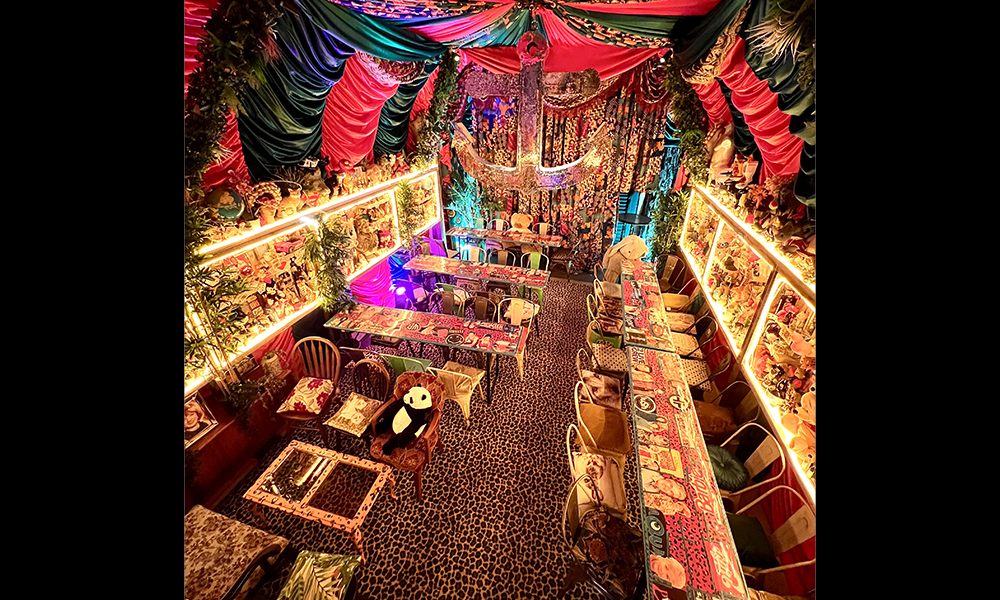
key details
Little Nan’s 2.0 is located in Deptford’s Resolution Way.
Hours are subject to change as things get under way, but the venue is currently open Fridays and Saturdays from 5pm-12.30am.
Find out more about the new site here
Read more: How The Body People brings movement to East Wick And Sweetwater
Read Wharf Life’s e-edition here
Subscribe to our free Wharf Whispers newsletter here
- Jon Massey is co-founder and editorial director of Wharf Life and writes about a wide range of subjects in Canary Wharf, Docklands and east London - contact via jon.massey@wharf-life.com





